
CRESCENT Topical Workshop
Ground Motion Modeling
October 30, 2025, Seattle, WA POSTPONED – new date TBA
Workshop Goals

Ground Motion Modeling Topical Workshop
The goal of the Ground Motion Modeling Special Interest Group Topical Workshop is to define from a community perspective the broad needs, goals, and directions of ground motion modeling and hazard in Cascadia. The desired outcome is to write a peer reviewed roadmap or opinion piece for this frontier.
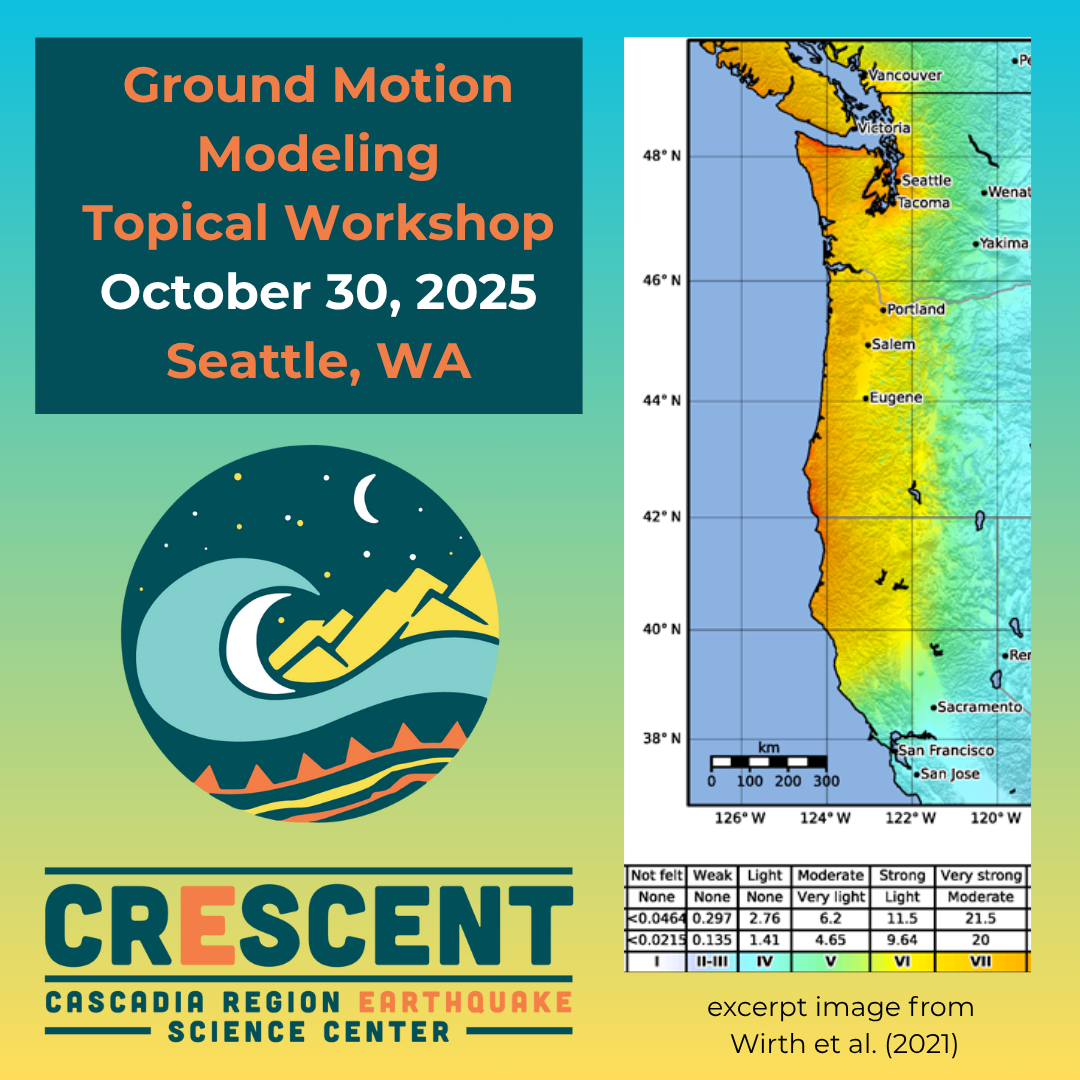
Attendance

*WORKSHOP POSTPONED* – new date TBA
Participation in this topical workshop will be by invitation. For more information, please contact us at cascadiaquakes@uoregon.edu.
Travel & Lodging

30 October 2025 POSTPONED
HUB Room 334, University of Washington, Seattle, WA
Venue
This CRESCENT Topical Workshop will be held at the University of Washington, in Room 334 of the Husky Union Building (HUB) located at 4001 E Stevens Way NE, Seattle, WA 98195
Flights, ground transportation and parking
U District Light Rail station is 0.6 miles north of the HUB, 0.3 miles from the host hotels, and is served by regular 1LINE trains from SeaTac airport.
Bus lines 67 and 45 have routes that pass near the HUB and the host hotels.
For maps, directions, parking and other ground transportation information, go here.
Lodging
University Inn (4140 Roosevelt Way NE, Seattle, WA 98105) and Watertown Hotel (4242 Roosevelt Way NE, Seattle, WA 98105) are CRESCENT’s host hotels for overnight guests. Located a block apart from one another, they are on the west side of campus and a 0.7 mi (16 minute walk) to the HUB.
Book lodging at one of the hotels by emailing April Magpayo – amagpayo@staypineapple.com.When you reach out, please mention that you are with CRESCENT and include:
- Dates of stay
- Which hotel you’d like to book
- Room type (single or double)
Agenda

Notes: All times Pacific Time. Agenda is tentative and subject to change.
Thursday, October 30 *POSTPONED*
8:00 Check-in and Continental Breakfast
8:30 Introduction Plenary
“Importance of Spatially Varying Ground Motion Models and Implications for Cascadia” presented by Albert Kottke, Geotechnical Earthquake Engineer, Pacific Gas & Electric
9:00 Outputs: What ground motion estimation in Cascadia needs to address
“Ground motion considerations for the built environment in Cascadia” presented by Jeff Berman, Professor, University of Washington
“Ground Motions and Ground Failure: Looking Mostly Forward and A Little Bit Backward” presented by Brett Maurer, Associate Professor, University of Washington
“Ground-motion modeling in Cascadia for the U.S. National Seismic Hazard Model: Current modeling approaches and open questions” presented by Morgan Moschetti, Supervisory Research Geophysicist, United States Geological Survey
“Implementing Simulations in Ground Motion Models: Practical Needs and Challenges” presented by Karen Sung, Assistant Project Scientist, University of California – Berkeley
10:00 Break
10:15 Poster Session
11:30 Outputs: What ground motion estimation in Cascadia needs to address Discussion
12:30 Lunch
1:30 Inputs: Data, Findings, and Methods
“PNW Earthquake Catalogs and Waveform Data” presented by Renate Hartog, PNSN Network Manager, Pacific Northwest Seismic Network / University of Washington
“Large-Scale Simulations for Improved Seismic Hazard Characterization in Cascadia” presented by Audrey Dunham, Research Geophysicist, United States Geological Survey
“Supplementing the shallow CRESCENT CVM: High-Resolution Sedimentary and Shallow Crustal Structure for Ground Motion Studies from Nodal Array Adjoint Tomography” presented by Pieter-Ewald Share, Assistant Professor, Oregon State University
“Geologic constraints on Cascadia paleoearthquake shaking intensities” presented by alex grant, Research Civil Engineer, United States Geological Survey
2:30 Inputs: Data, Findings, and Methods Discussion
3:30 Break
3:50 Methodologies and Putting It All Together
“A Non-Ergodic Ground Motion Model for the Groningen, Netherlands: Merging Physics-Based Simulations and Empirical Observations” presented by Grigorios Lavrentiadis, Assistant Professor, University at Buffalo
“Near-Instantaneous physics-based reduced-order modeling for shake maps, seismograms, dynamic rupture and the seismic cycle” presented by Alice Gabriel, Associate Professor, University of California San Diego
4:45 Wrap-up and adjourn
Workshop Planning Committee

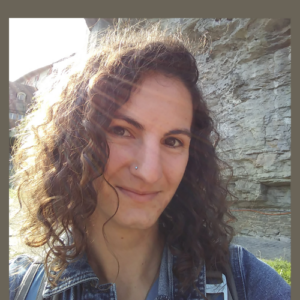
Valerie Sahakian
University of Oregon
vjs@uoregon.edu
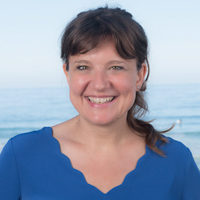
Alice Gabriel
University of California, San Diego
algabriel@ucsd.edu
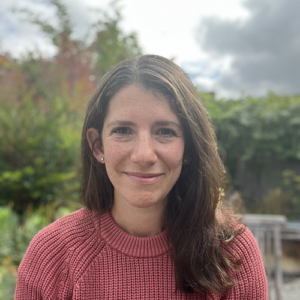
Erin (Wirth) Moriarty
United States Geological Survey
emoriarty@usgs.gov
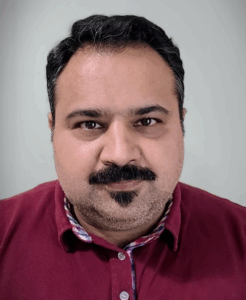
Emrah Yenier
Haley & Aldrich
EYenier@haleyaldrich.com
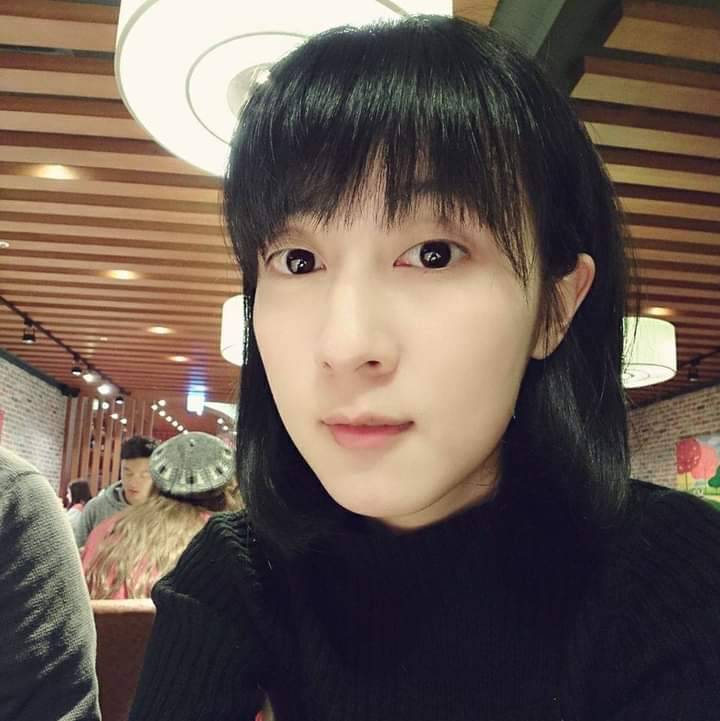
Chih-Hsuan Sung
University of California, Berkeley
karensung@berkeley.edu
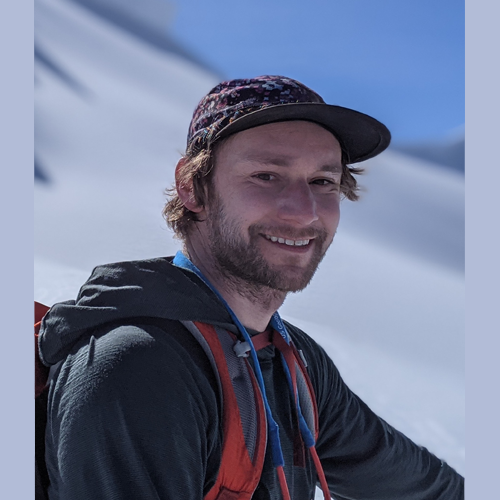
alex grant
United States Geological Survey
agrant@usgs.gov
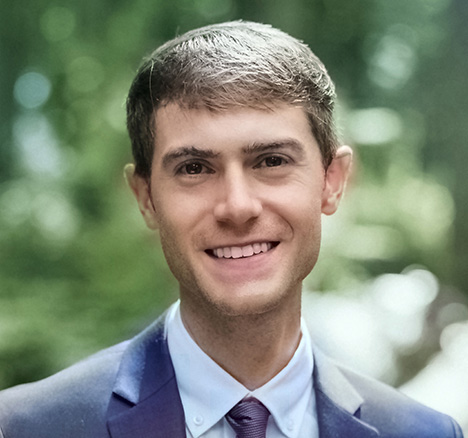
Brett Maurer
University of Washington
bwmaurer@uw.edu
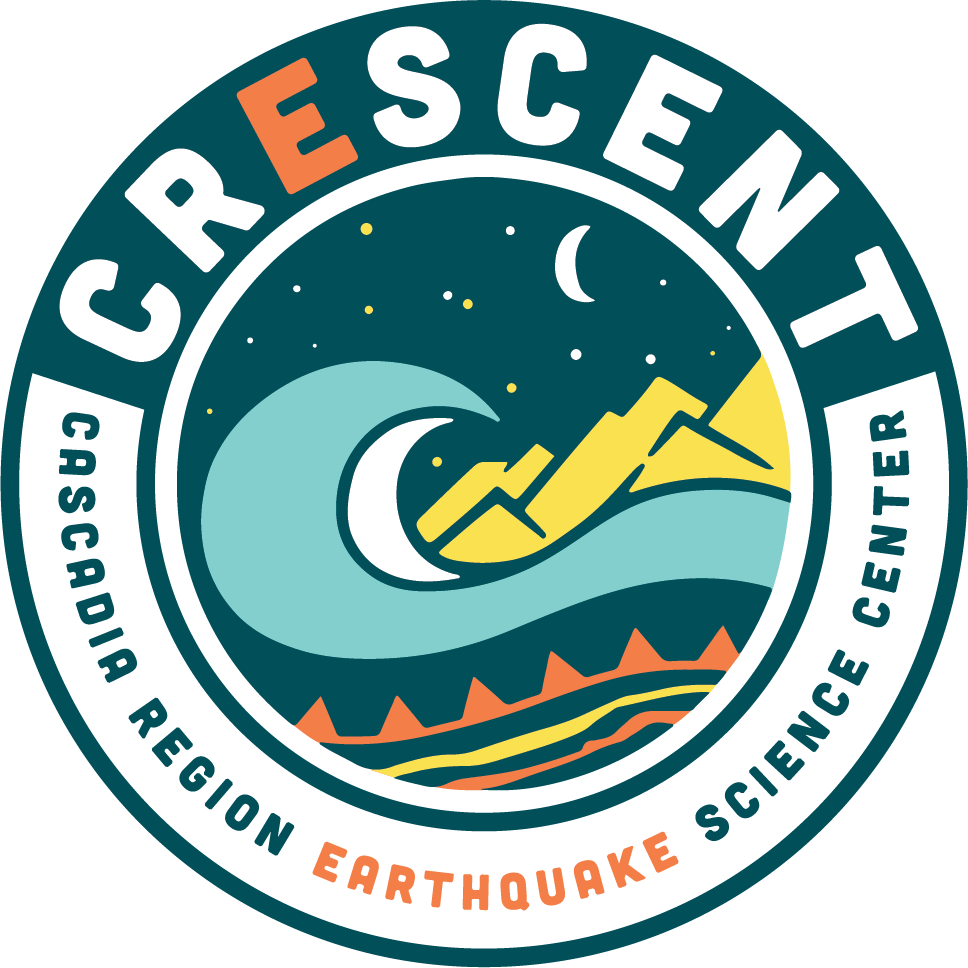
Norman Abrahamson
University of California, Berkeley
abrahamson@berkeley.edu
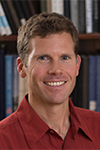
Morgan Moschetti
United States Geological Survey
mmoschetti@usgs.gov
